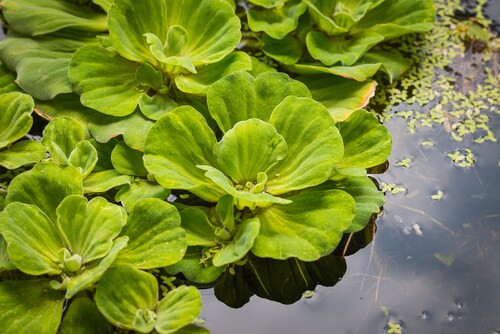 Using carbohydrates to protect frozen samples is on the rise among biobankers. In particular, substances such as plant polysaccharides have highly active hydroxyl (-OH) and carboxyl (-COOH) groups, which are known to have a significant cryoprotectant effect and could help better preserve biobanked samples. Interested in learning more about these possibilities, researchers in Russia studied the effects of polysaccharides extracted from plants and microalgae as cryoprotectants.1 As Khudyakov et al. explain, there are many benefits to using carbohydrates to preserve biospecimens. For example, carbohydrates are water soluble, are capable of stabilizing water molecules, and do not cause membrane or organelle breakage. They are also are nontoxic and odorless and don’t need to be washed from samples.
Using carbohydrates to protect frozen samples is on the rise among biobankers. In particular, substances such as plant polysaccharides have highly active hydroxyl (-OH) and carboxyl (-COOH) groups, which are known to have a significant cryoprotectant effect and could help better preserve biobanked samples. Interested in learning more about these possibilities, researchers in Russia studied the effects of polysaccharides extracted from plants and microalgae as cryoprotectants.1 As Khudyakov et al. explain, there are many benefits to using carbohydrates to preserve biospecimens. For example, carbohydrates are water soluble, are capable of stabilizing water molecules, and do not cause membrane or organelle breakage. They are also are nontoxic and odorless and don’t need to be washed from samples.
For this investigation, the team used pectin polysaccharides, including lemnan from common duckweed (Lemna minor L.), comaruman from marsh cinquefoil (Comarum palustre L.) and tanacetan from tansy (Tanacetum vulgare L.). They also used bergenan from Siberian tea (Bergenia crassifolia L.), potamogetonan from floating pondweed (Potamogeton natans L.), and two polysaccharides extracted from the cell culture fluid of the green microalgae Scotiellopsis terrestris (Reisigl) Punc. and Kalina (St)10, along with the cyanobacteria Nostoc muscorum Ag. (Nm).
The team obtained fresh plant materials and extracted polysaccharides. Preliminary tests helped determine that a 0.2% polysaccharide concentration (m/v %) would be optimal. They first determined the osmolarity and freezing temperatures of each polysaccharide solution and solutions of each polysaccharide mixed with glycerol or DMSO. The team found that glycerol along with polysaccharides increases the osmolarity while decreasing the freezing point.
Khudyakov and colleagues used a two-step process to cool leukocytes to either –40°C or –80°C either in glycerol alone, or in combination with lemnan or comaruman. The team found that gycerol with lemnan or comaruman both demonstrated cryoprotective effects. They not only lowered the freezing point of the cryoprotectant solution, but also helped to preserve the integrity of the human white blood cell membranes at temperatures below zero. Lemnan had a more marked cryoprotectant effect at –10°C, and the team posits this is due to more hydroxyl and carboxyl groups in the lemnan molecule compared with comaruman. Additional in vitro tests performed by the group demonstrated that plant polysaccharides also enhance the phagocytic activity of white blood cells post-thaw compared with white blood cells alone. These results confirm that the use of polysaccharides as cryoprotectants is a favorable alternative to traditional techniques.
References
1. Khudyakov, A.N., et al. (2015) “The cryoprotectant effect of polysaccharides from plants and microalgae on human white blood cells,” Biopreservation and Biobanking, 13(4) (pp. 240–246). doi: 10.1089/bio.2014.0077.
Leave a Reply